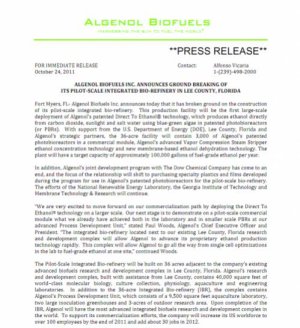Feed value of ethanol by-products long underestimated
A new
report from the U.S. Department of Agriculture (USDA) found that the animal feed produced by U.S. ethanol plants (known as distillers grains or DDGS) is replacing even more corn and soybean meal in livestock and poultry feed rations than previously thought. The report’s findings have important implications for discussions regarding ethanol’s impact on feed grains availability, feed prices, land use effects, and the greenhouse gas (GHG) impacts of producing corn ethanol.
According to the report by USDA’s Economic Research Service (ERS), “Findings demonstrate that, in aggregate (including major types of livestock/poultry), a metric ton of DDGS can replace, on average, 1.22 metric tons of feed consisting of corn and soybean meal in the United States.”
Every 56-pound bushel of corn processed by a dry mill ethanol plant generates 2.8 gallons of ethanol and approximately 17.5 pounds of animal feed. In essence, the new ERS report dispels the conventional assumption that every bushel of corn processed by an ethanol plant generates an amount of feed equivalent to just one-third of the original corn bushel.


